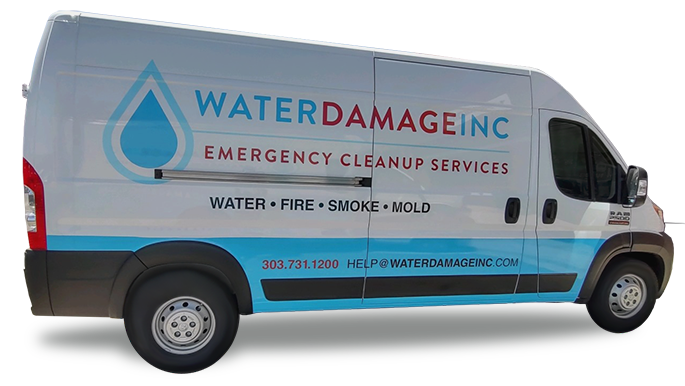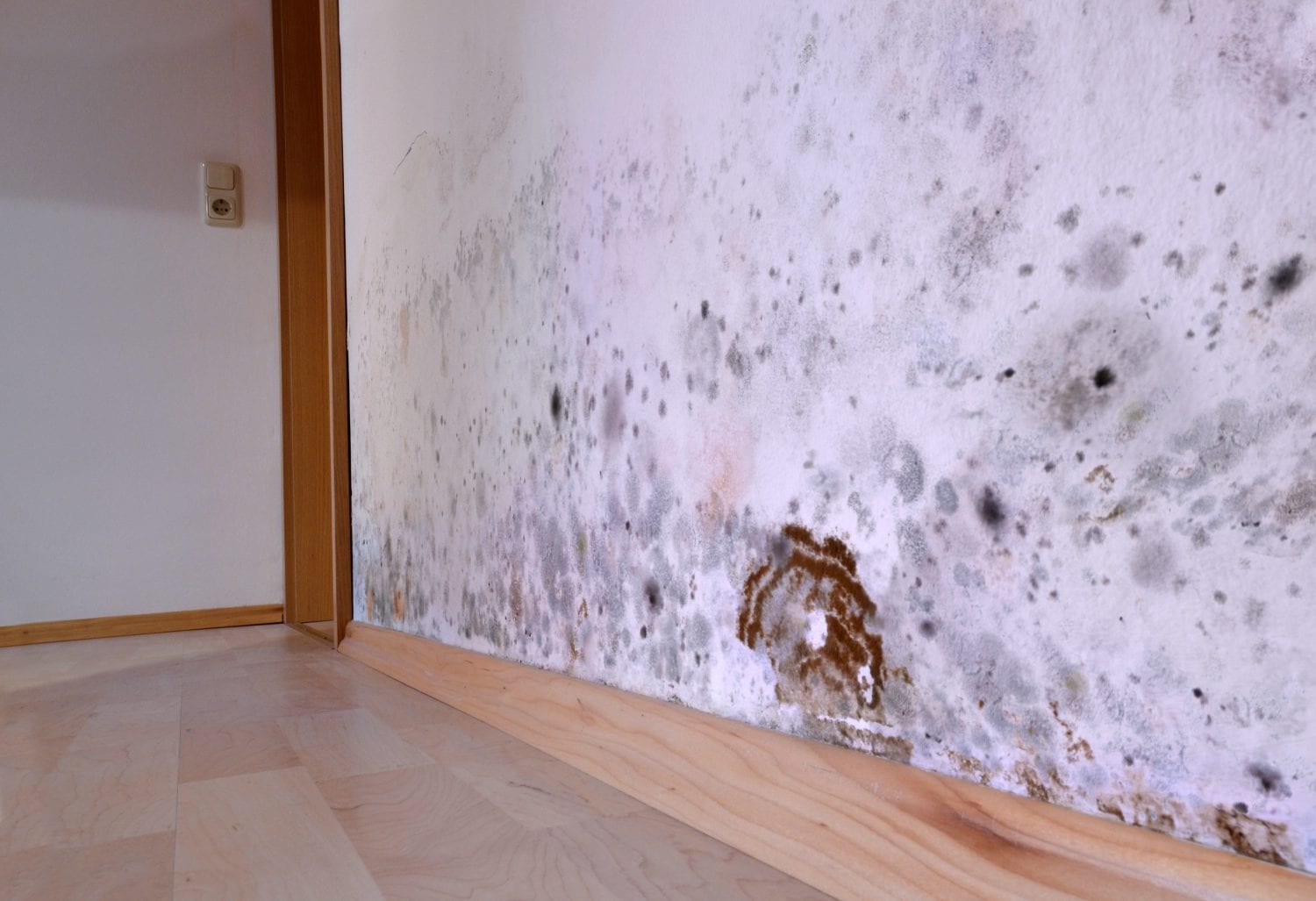Ever wondered how quickly mold can grow on a wet wall? Knowing how mold grows is key to stopping water damage and keeping mold away. Mold can start on wet drywall in just 24 to 48 hours. Drywall’s porous nature makes it easy for mold to take hold, leading to stains and other issues.
The key is to act fast when you notice water exposure to stop mold before it starts. If moisture stays, it can damage drywall, causing it to bulge, crack, or even fall apart.
Key Takeaways:
- Mold can start growing on wet drywall within 24 to 48 hours.
- Catching water-induced wall damage early is crucial for mold prevention.
- Prompt moisture control within 48-72 hours can prevent severe damage.
- Prolonged moisture exposure can lead to drywall deterioration, including bulging and cracking.
- The impact of mold can become unsafe in as little as 1 to 12 days.
- Visible mold may take up to three weeks to appear, making early intervention essential.
- Experts like Pacific Flood Restoration recommend immediate action to eliminate moisture and curb mold infections.
Understanding Mold Growth
Mold is a fungus that grows in damp places in buildings. It can be found on walls, ceilings, floors, and many other surfaces. It needs moisture, food, and darkness to grow. The mold life cycle starts when tiny spores land on a wet surface. Then, these spores germinate and start the fungal growth.
Mold can show up as small spots or big colonies. These spots can be black, green, or white and often have a musty smell. Mold in the home can harm building materials and cause health problems. People may get allergies, breathing issues, and other health issues from mold.
Mold spreads by releasing spores into the air. These spores can move to other parts of the building, making the mold problem worse. To control mold, you need to fix the moisture issue, dry the area well, clean it thoroughly, and sometimes get help from experts like Markham Services.
How Long Before Mold Appears on Wet Walls?
Mold spores can start to grow within 24 to 48 hours on wet surfaces. This makes mold appear quickly after water damage. Flooding, leaks, or high humidity can trigger this fast growth. Wet materials like drywall or insulation become perfect for mold to grow.
This can be a big problem for health and property if not fixed quickly.
Finding mold early is key because it can spread and make cleaning harder. Not all mold is easy to see. It can hide in places like air ducts, attics, and inside walls.
Looking for signs like musty smells, color changes, water marks, and allergies can help spot mold early. This way, you can take action fast.
How Long Can a Wall Be Wet Before Mold Appears? (Repeated)
Knowing how long a wall can stay wet before mold grows is key. Mold can start to grow in just 48 hours after getting wet. This shows how important it is to fix any wetness quickly.
Things like rain, flooding, plumbing problems, or condensation can cause drywall to get wet. So, acting fast is crucial.
To stop mold from growing, we need to lower the moisture. Using fans, dehumidifiers, and professional drying methods helps. It’s also important to keep an eye on humidity levels to stop mold from taking hold.
Quick action is essential to stop water damage from getting worse. If you’re dealing with a wet wall or other issues, act within the first 48 hours. This can help prevent mold and keep your home safe.
Health Risks Associated with Mold
Being around mold in damp, poorly ventilated places can cause health issues. People with breathing problems, weak immune systems, or allergies are at higher risk. The effects of mold can be mild or severe, based on how sensitive someone is and the mold type.
Here are some common health risks from mold exposure:
- Respiratory Issues: Breathing in mold spores can cause coughing, wheezing, and breathing trouble. People with asthma might see their symptoms get worse or have asthma attacks.
- Allergy Symptoms: Mold can make people sneeze, have a runny nose, and irritated eyes. These symptoms can last if mold is around a lot.
- Neurological Effects: Some molds, like black mold, can cause headaches, memory problems, and mood changes due to mycotoxins.
- Toxic Mold Exposure: Being around toxic molds for a long time can lead to serious immune reactions and long-term health issues. It’s important to deal with toxic mold fast to avoid serious health problems.
To lower the risks from mold, taking steps to prevent it is key. Wear protective gear when handling mold and clean and disinfect well. Keeping your home well-ventilated and dry can also help stop mold from growing and reduce health risks.
Conclusion
Mold on walls is a big worry that needs quick action to keep people safe and healthy. Mold can show up fast on damp walls, often in just 24 to 48 hours. So, it’s important to know how mold grows and act fast to stop it.
Quickly reducing moisture, cleaning well, and removing moldy materials are key to managing mold. Keeping moisture under control is crucial to stop mold from coming back. Homeowners should watch for leaks and water damage and fix them right away to stop mold.
If mold is a big problem or keeps coming back, getting help from mold remediation experts is a good idea. These pros have the right tools and knowledge to deal with big mold issues. They can also give advice on how to prevent mold in the future. Regular checks, smart upkeep, and repairs are key to keeping a home mold-free.
Following these steps helps protect homes and health from mold. Good moisture control and quick action are the best ways to keep mold away and ensure a safe home.






















